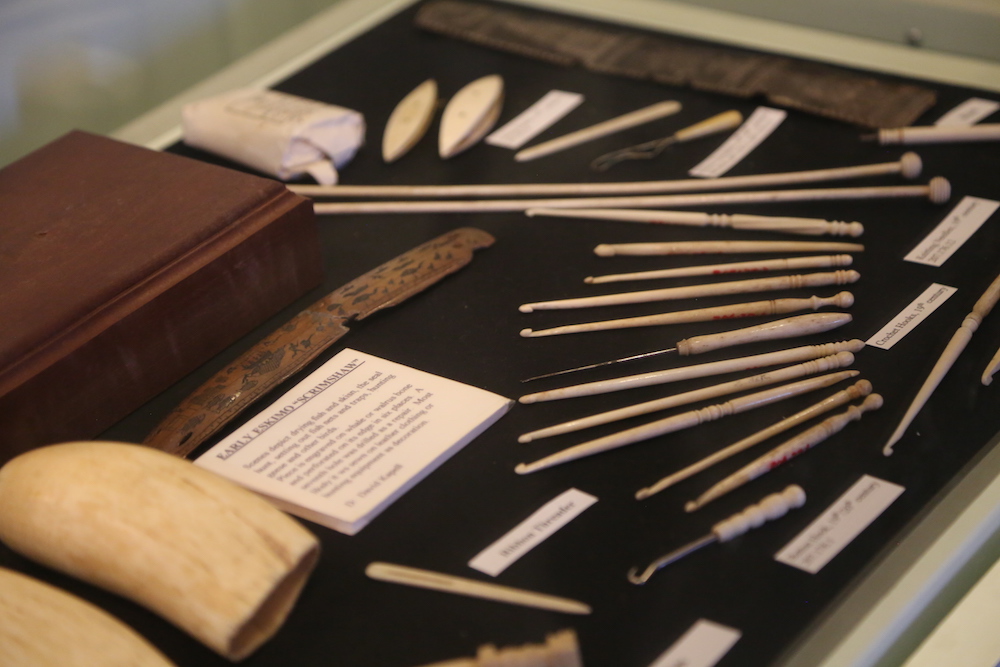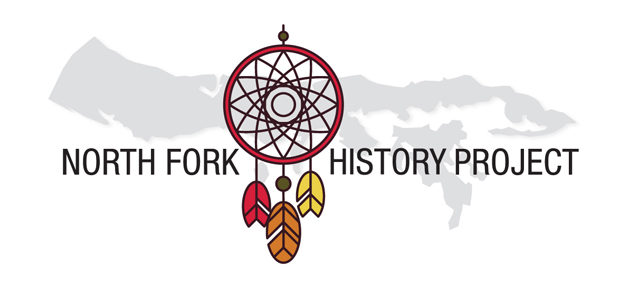North Fork History Project: An epic saga of East End whaling

She was writing from San Francisco with news of a discovery in her family tree. Way back, three great-grandfathers ago, she wrote, she had an ancestor named Notley Lee.
“My mother is from the Lee family in the Tongan Islands,” her recent email to an editor at The Suffolk Times began. “I am still wondering where and how my great-great-great grandfather came to Tonga and settled in the Village of Navutoka.”
Tonga is an archipelago in the South Pacific, south of Samoa, closer to New Zealand than to Hawaii, and on the far side of the world from eastern Long Island.
Makeleta Anderson was writing from her home. She said Notley Lee was an American Indian — born and raised on what’s now the Shinnecock Nation reservation in Southampton. It seemed improbable — a Shinnecock Indian in the South Pacific!
The epic saga of the whaling industry, which brought hundreds of millions of dollars to eastern Long Island between about 1800 and 1860, has been told in history books, novels and movies. Herman Melville’s “Moby Dick,” the story of a captain obsessed with killing the white whale that took his leg, was inspired by the true story of the Essex, which sank in the South Pacific in 1820 after being struck by a vengeful sperm whale.
Included in the story of the whaling industry is that men of color — Indians and free black men — signed on to dozens of ships and plied the world’s oceans, often on voyages lasting more than three years. Five Lee brothers from Shinnecock — Milton, Ferdinand, Notley, Robert and James — were among them, sailing out of Sag Harbor, Greenport and whaling ports in New England.
“It is not a very well told story that men of color were such a big part of the whaling story,” said Sandi Brewster-Walker, who grew up in Amityville and is of Montaukett heritage on her father’s side. She has done extensive research and has written about Indians and free black men who worked in the industry.
“The work was terrible and dangerous, but whale oil was so important and so profitable,” she said, adding that she knew the story of the Lee brothers. “Why Notley left the ship and stayed on that island is not clear. But he never came home to Southampton.”
According to a 2016 article in the Long Island History Journal by Nancy Shoemaker, Shinnecock men were well represented on whaling vessels. For example, the Pioneer left New Bedford in 1862 with Notley and Garrison Lee aboard, as well as five other Shinnecock men — Russell Bunn, Abraham Cuffee and Moses, Joshua and Israel Kellis.
It was in 1871, when Notley and Garrison were aboard the Abraham Barker, that Notley jumped ship in the Tongan islands with two other crewmen. The captain of the boat retrieved the others, but Notley Lee stayed behind. Garrison stayed on board. It’s not hard to imagine how he felt as the ship pulled away, knowing his brother had been left behind — thousands of miles from their home in Southampton.

Before oil was pumped out of the ground in Pennsylvania in 1859, the oil of oils, the best of the best, was the pure oil found in the head of a sperm whale. Thousands of whaling vessels sailed the world’s oceans in search of whales to kill. On Long Island, Sag Harbor and Greenport were the main whaling ports, with small operations in New Suffolk and perhaps Jamesport.
The industry made ship owners and captains wealthy, as is evidenced by the beautiful homes they left behind in Sag Harbor, Shelter Island and the North Fork. Crew members received tiny portions of the overall value of oil. But, unlike conditions on land for free black men and Indians, life aboard a whaling vessel was a meritocracy — if you were good, you moved up in the ship’s ranks.
While these crews went out into the oceans to kill whales, what they brought back was light — light that illuminated cities and towns. Among the most successful captains was Henry Green, who was born in Sag Harbor, had ships outfitted in Greenport and built a home that still stands on Main Road in Peconic.
“In terms of dollars, the whaling industry brought in huge amounts of money,” said Michael Butler, general manager of the Sag Harbor Whaling Museum. “It was the main center of employment and the main funding for the local economies. It made a lot of people very wealthy — in today’s dollars, hundreds of millions.
“We also know that probably 30 percent of whalers and sailors were people of color,” he added.
On board the Pequod, Melville’s fictional boat in “Moby Dick,” the harpooners were Queequeg, from an island in the South Pacific; Tashtego, a Wampanoag Indian from Cape Cod; and Daggoo, a black man.
With the loss of their brother to the South Pacific, the four other Lee brothers, sailing on different boats, eventually returned to Southampton. The whaling industry had died out, and they needed new lives and new ways to support themselves.
Shinnecock land up through 1859 included everything from the current boundaries of the Nation’s reservation all the way north, across the Shinnecock Hills to Peconic Bay — land that is now home to world-famous golf courses, and where the U.S. Open will be played later this month.
The tribe lost all the land north of the current reservation — some 3,500 acres — when the New York State Legislature broke a lease signed in 1703 between the tribe and the Southampton trustees. The breaking of the lease allowed the Long Island Rail Road to extend its line from Patchogue, across the Shinnecock Canal and over the Shinnecock Hills to Montauk.
Many members of Shinnecock Nation, which is now federally recognized, consider the land to have been stolen out from under them with fraudulent petitions they say were signed by dead people.

“I remember the day when Capt. Louis Scott, Austin Rose and Capt. Jeter Rose drove on the reservation,” a Shinnecock man named David Killes testified under oath during a U.S. Senate subcommittee hearing in 1900. He said one of the men had told his father “…the petition is going to Albany tomorrow and he said to my father, ‘Are you going to sign it?’ He said, ‘I told you I would never sign it.’ He said, ‘Luther [my uncle], are you going to sign it?’ He said, ‘I will never sign it.’ But they forged the names and put them on.”
Once the Hills were no longer under a lease with the tribe, Austin Corbin, president of the LIRR, planned to build a hotel and summer colony on the site. While those plans did not materialize, he and a group of investors started the Shinnecock Hills Golf Club there.
This was the world to which the Shinnecock whalers, including the Lee brothers, returned. In December 1876, 11 Shinnecock men joined together to help salvage a ship, the Circassian, that had run aground off Bridgehampton in a storm. It was dangerous work, with the boat stuck on sand and awash in a nearly frozen sea.
As the ship broke apart, people onshore heard the Shinnecock men singing hymns, including a favorite, Nearer, my God, to Thee. Ten of them perished, including Robert Lee. The others were David Bunn, Franklin Bunn, Russel Bunn, William Cuffee, George Cuffee, Warren Cuffee, Oliver Kellis, John Walker and Lewis Walker.
Nearly all had been whalers, and their deaths — a little known piece in the history of Long Island — shattered the tribe, its legacy still felt today. A monument to their lives stands today on the reservation.
Mary Treadwell, whose three children are descendants of the Robert Lee who perished on the Circassian and the Notley Lee who lived out his life in the Tongan islands, said: “These stories are not taught. But we don’t forget.”









